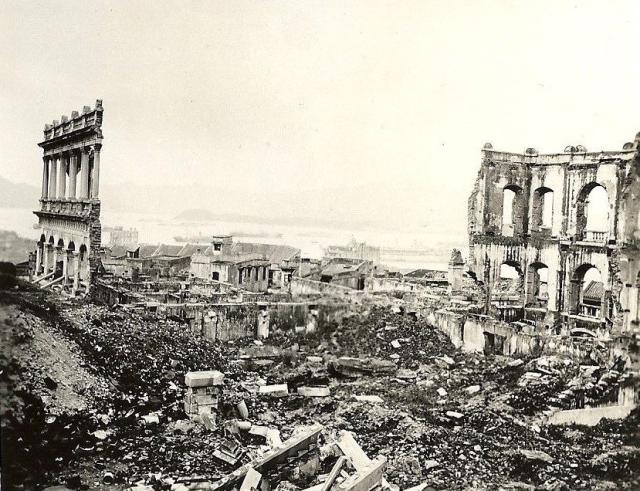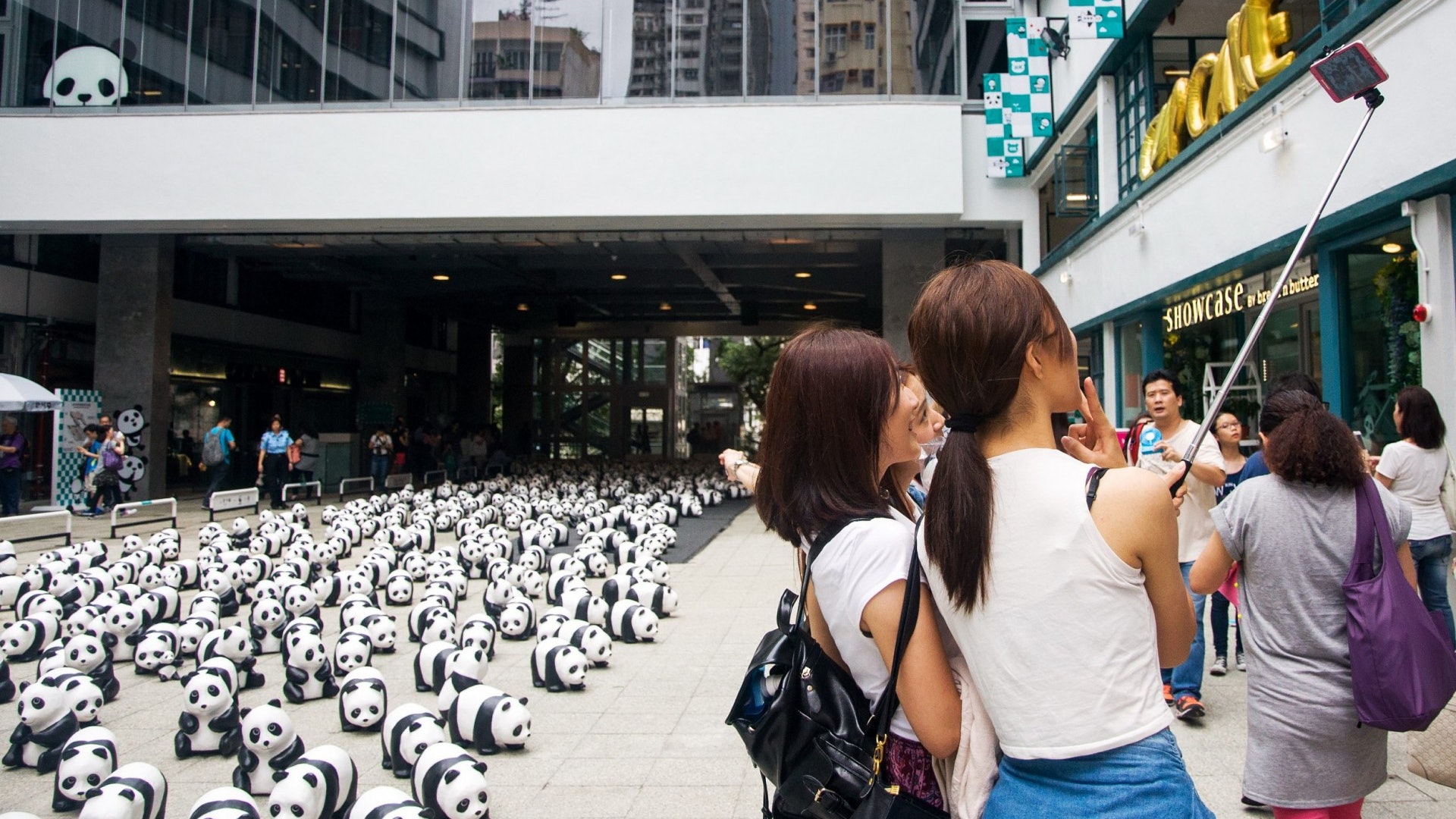PMQ, once the Hollywood Road Police Married Quarters and now a hub for local artists, was initially a residence for Chinese junior police officers in the 1950s. The building once faced possible demolition due to redevelopment of the district, yet was rescued by the local Katty Law (羅雅寧) and the Central Western Concern Group.
Being the childhood homes to two former chief executives, Mr Donald Tsang Yam-Kuen (曾蔭權) and Mr C. Y. Leung (梁振英), the historic site faced demolition that the land would be converted into an exorbitant high-rise apartment building in 2007. As Katty and her team started unfolding the history of the designated redevelopment area, they discovered the site of PMQ was the former campus of Central School (now Queen's College) - the first public school for Chinese in Hong Kong.

Back in the 19th century, the needs of Chinese in Hong Kong were neglected by the colonial government. Although the first few schools were opened by religious bodies, a lot of children were still left uneducated. Some famed sinologists and missionaries including James Legge proposed to open a public school for ethnic Chinese, and so Central school was opened at Gough Street in Central. Later, the school was relocated to Hollywood Road in 1889.
With subjects such as mathematics, sciences, geography and European history offered, students were transformed into tools to fix the dated society. The school nurtured impoverished children into pioneers bringing Hong Kong to the world, among whom were Dr Sun Yat Sen (孫逸仙) and other prominent Chinese politicians and businessmen, for example, Sir Shouson Chow (周壽臣) and Sir Robert Ho Tung (何東).
Central school was later relocated after the second world war, as it was razed by the Japanese Occupation. Few years after the war, the grand Central school campus was completely demolished and only the foundation is left beneath PMQ.

This government-built modern-styled residence from the 1950s has clear horizontal lines at its exterior. The humble abode of these police officers and their families stood until 2007, when the loving neighborhood departed due to redevelopment.

As collective memories to the locals, a concern group petitioned the government to preserve PMQ. With thousands of signatures collected and documents found from the government archive, the presence of historic relics hidden beneath is evident.
The ending of the story is obvious. PMQ is revitalized and residential units are converted into restaurants, galleries and souvenir shops where art workshops are occasionally held. The unearthed foundation of Central School is open for entry every afternoon, where you could pay a visit to view the special construction of granite and antiques. You could hardly find any photos of it online as neither photos nor recordings are allowed in the exhibition area, so your eyes are the only cameras to capture.
The Concern Group humbly doesn't take full credit for the preservation, but the locals remember their crucial role. While progress and infrastructure are important, the preservation of historical legacies is invaluable, serving as a reminder of a time we can never revisit. The PMQ's story is now etched in history, ensuring we don't forget.










